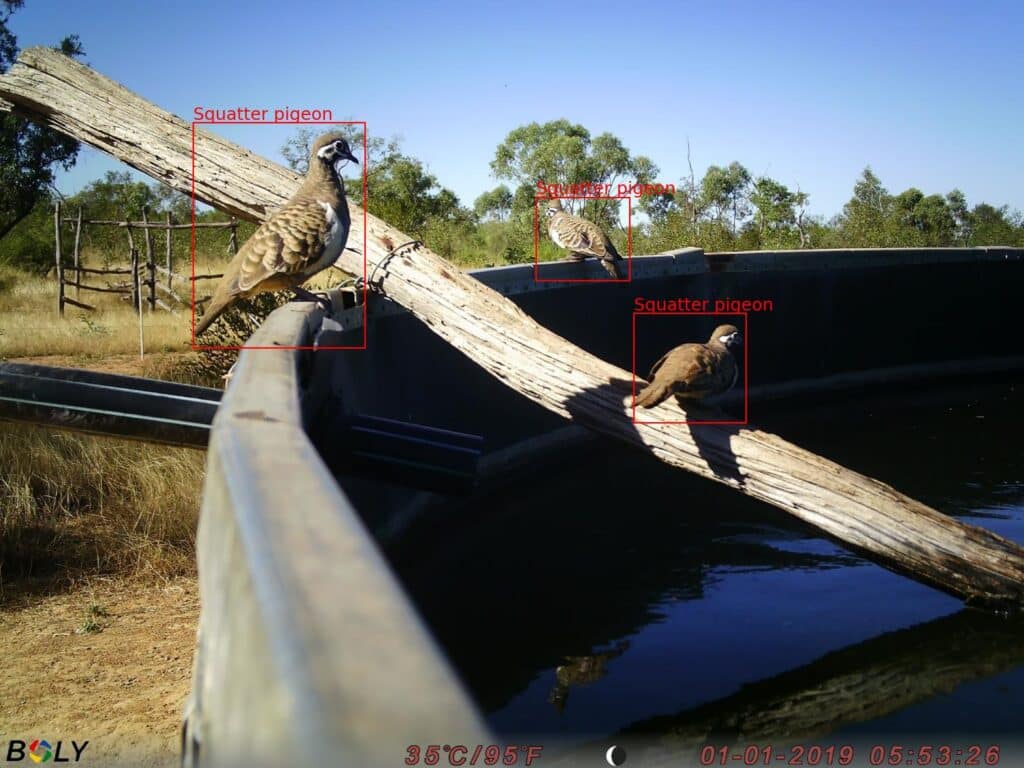Accessing Insights and Data Accuracy Like Never Before
John Van Osta, one of our Principal Ecologists, is leading the analytics service line at E2M and has played a key role in establishing our state-of-the-art call and image detection models.
For the past four and a half years, John Van Osta has been completing a PhD in partnership with Griffith University and E2M, focused on machine learning methods to track the endangered Black-throated Finch. As part of this work, he built a call detection model for the species and established one of Australia’s largest networks of automated radio telemetry arrays, providing researchers and ecologists with access to an unprecedented stream of high-quality ecological data.
John is using this innovation to reshape ecological assessments here at E2M – making big projects small and unlocking new insights.
Here’s what that looks like in practice:
Bioacoustic call detection models
We can now scan years of audio data to detect the calls of species like the Yellow-bellied Glider or Koala—something that would have been practically impossible using manual methods. This means we can detect the presence or absence of a species and monitor how their distribution changes through time and space.
Camera trap image detection models
We’ve built AI models that automatically screen thousands—sometimes millions—of images. These models allow us to understand when and where a species is being detected, so we can monitor both the spatial and temporal abundance changes of that species.
Expert validation at every step
Our expert ecologists review and validate AI-driven results to ensure accuracy—so clients can trust the data behind every decision.
The result? Faster insights, scalable monitoring, and smarter, more informed outcomes.
We’re incredibly proud of the innovation coming from our team—and the new possibilities it’s opening up for our clients.
